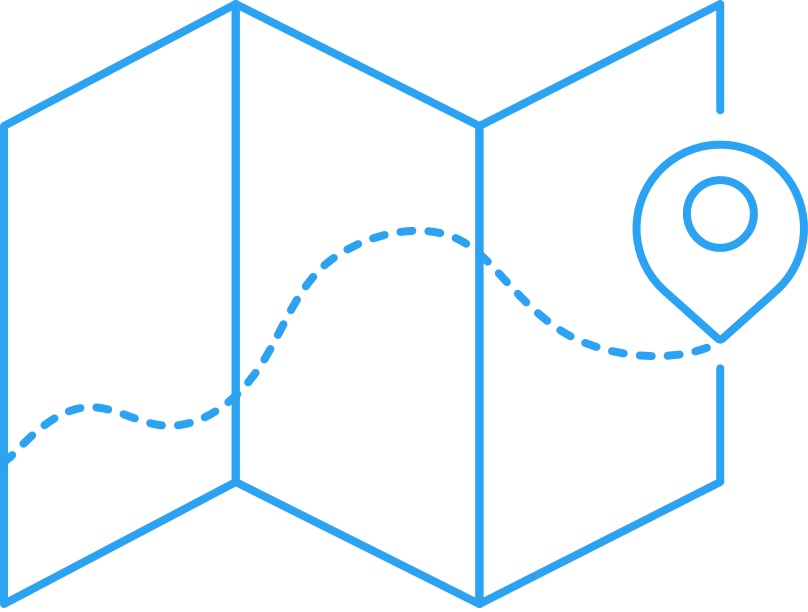Time to Resolution (TTR) is a metric to measure the elapsed time it takes for support to resolve a case.
Time to Resolution (TTR)
TTR measures the elapsed time from when “the clock starts” for a new case until the time the “clock stops”. Note that TTR focuses on the elapsed time and not the level of effort or time invested to close a case.
Here are some factors to take into consideration when measuring Time to Resolve a case.
TTR Inputs
Clock Starts = Time that the case is open.
Idle Time = Clock is stopped pending customer or dev team input.
Clock Stops = Time that a case is closed.
TTR = Clock Starts – Idle Time – Clock Stops
Starting the Clock
When does the clock start?
Determining when the clock starts depends upon what you want to measure. In most situations the clock starts when a case is accepted, and work begins to resolve the issue. This means that Support has accepted ownership for the case and has the ability (and responsibility) to actively work it. Consider:
- If you want to measure elapsed time from the customer’s perspective, then you want to start the clock when the customer opens the case.
- If you want to measure the time it takes to resolve cases once put in front of a qualified support rep, then start the clock once the case is assigned (e.g. no front-line or queue time).
- If you want to measure the total time to “handle” a case (non-technical and technical) start the clock when you acknowledge receipt of the case.
- If you want to measure adherence to SLAs then start the clock when you are obligated to begin work.
Voice | Phone
For cases reported by phone the clock may start when the call is initially answered, even if it is a non-technical individual. This implies that entitlement checking, and queue time will be included in the metric. Alternatively, the clock may not start until the case is assigned to a support rep.
Digital
For case reported digitally the clock may not start for some time after the initial request is posted or e-mail sent. Many companies allow customers to report cases 24 x 7, however active service hours may only cover local business hours, thus, the clock does not start until the case is “picked up” from the electronic queue during the next business day.
Service Level Agreements
The clock does not start for cases reported outside of entitled service windows. If a customer submits a case at midnight but is only entitled to business hour support the earliest the clock will start is at the beginning of the next business day.
Stopping the Clock
When does the Clock Stop? As with starting the clock, stopping the clock is all about what you want to measure. Often “resolution” and “close” are used synonymously. They may coincide, but they are two different events.
Resolution
Resolution is when a reasonable suggestion is provided to a customer in response to a question/issue. Unfortunately, delivery of a solution may not result in a closed case. The difference between resolution and closure is customer acceptance.
Restoration
Another event may come in the form of a “restoration.” This is typically used to describe a temporary workaround. This means that a customer issues has been addressed and functionality or performance
levels have been fully or partially restored. It does not imply that a permanent fix or solution has been offered. A restoration is not resolution or closure.
Close
Closure is the final event for a case. This is when a permeant answer has been provided to the customer and the customer has accepted the answer and no longer expects further effort.
Note that a resolution may be offered, but fail to resolve an issue, thus the case is not closed if further action is offered.
An answer may be provided that does not satisfy the customer, but, no further action will be taken, thus the case is closed.
The Most Practical Approach
Many companies close cases after a resolution is offered (assumes success). Most allow customers to reopen these cases.
Pro: Assumes a solution will permanently resolve a case and does not require that a customer confirm solution.
Con: Some customers that do not get the answer they want will open a new, separate case.
The Most Accurate Approach
Some companies only close a case when it is confirmed closed by a customer.
Pro: Assures that the case closure rate reflects confirmed closed cases.
Con: Cases may be open longer pending customer verification. Excess burden on all parties.




